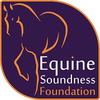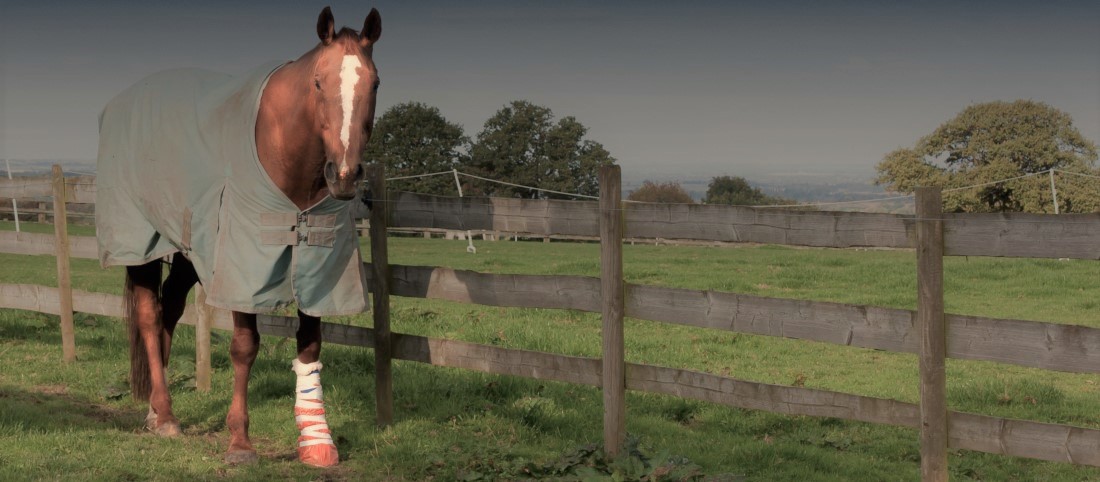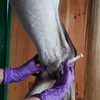- Details
In the U.S., a study conducted by the United States Department of Agriculture Animal and Plant Health Inspection Service in 2015, reports that 67% of U.S. equine operations had one or more lame horses in the past year, with 39% of operations housing one or more lame horses on the day of the study.
- Details
It is known that some horses are sound despite pathology and some horses are lame without visible evidence of pathology, and it is shrugged off as luck. Find the differences and you have the solution. As new research emerges, there is deeper understanding of degenerative joint disease (DJD), osteoarthritis (OA) and kissing spines, but still no research has delivered a protocol for prevention and early detection of these conditions. Before there is pain, there is overloading of the joints that will lead to pain.
- Details







